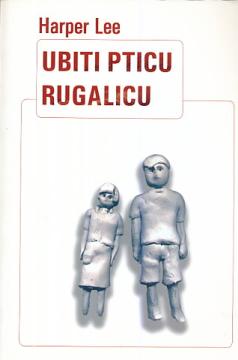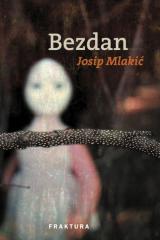
Ubiti pticu rugalicu
To Kill a Mockingbird is a wonderful story about love, morality, upbringing, friendship, life wisdom, but also about tolerance and understanding of the different - understanding of people with a different skin color, a different way of life.
To kill a mockingbird – “Shoot the jays all you want if you manage to hit them, but remember, it's a shame to kill a mockingbird… they do nothing but sing to us. They don't destroy people's gardens, they don't nest in corn, they just sing. That is why it is a sin to kill a mockingbird."
This apparently indirect metaphor for why it is a sin to kill "mocking people" of a different skin color, like the falsely accused Tom Robinson or a different way of life like the self-denying Boo Radley, is just one of the low moral teachings of the novel To Kill a Mockingbird. Upon its publication in 1960, the novel won the Pulitzer Prize, and the author became world famous - although she never published a single literary work again! - she has written her name forever in the history of American and world literature.
Harper Lee writes in simple, drinkable language, irresistibly seductive, witty and often touching, but never pathetic. Seizing a real happy moment in the light of a long-ago summer, that "Jane Austen of South Alabama" wrote a wonderful book about love and longing for justice, created a genius work of art of eternally fresh beauty, warmth and moral strength.
From the perspective of a Girl Scout, she tells the story of growing up and discrimination against blacks in the American South in the 1930s, but at the same time it offers much more than a story about childhood and racism - it is a fascinating story about love, morality, ethics, justice, upbringing, courage , friendship, life wisdom... and that is why it was and remains a cult reading for all generations.
No copies available
The last copy was sold recently.





